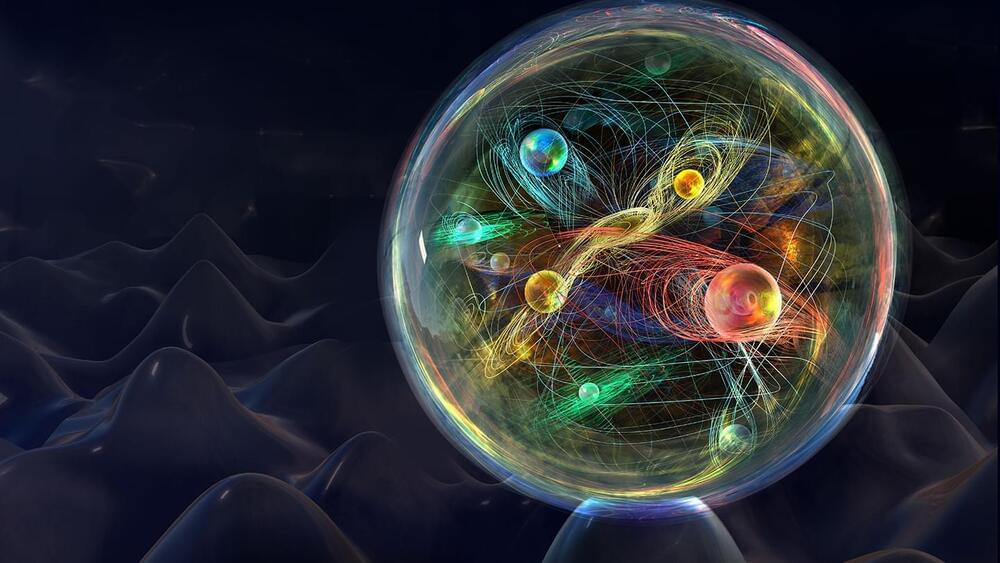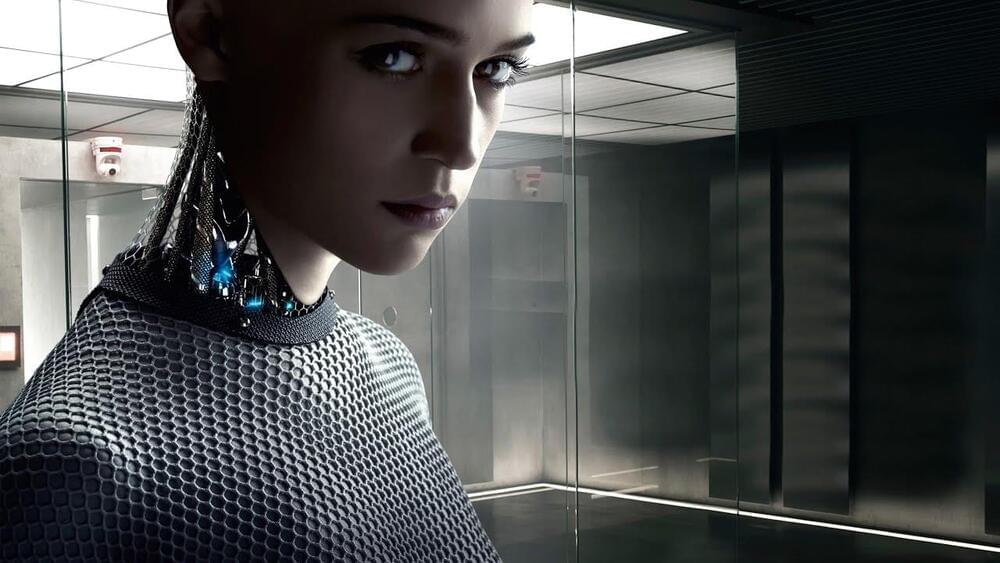RansomHouse says it got its hands on the data thanks to ridiculously weak passwords.
“The analogy I often use is an electric bike,” he added. “When someone’s pedaling but having difficulty, the bike senses it and augments it. We’ve made the equivalent of that for human mental function.”
Participants in the trial reported that their anxiety got better once the system jumped into action, mostly due to the fact that they had more cognitive control and were able to shift their focus better.
“This could be a totally new approach in treating mental illness,” Widge said. “Instead of trying to suppress symptoms, we could give patients a tool that lets them take control of their own minds.”
Back when the Cadillac CT6 was the new hotness for the brand still trying to stand up to its full height, rumors abounded of a new model well above that to challenge the rarified trims among German luxury competition. The most oft-repeated portion of that rumor was that the model would cost well more than $100,000. When Cadillac’s electric turn gathered momentum, we began hearing about a sedan called the Celestiq that would be the pride of the fleet. It doubled the potential starting price of the previous flagship, as recently as this month being touted as costing more than $200,000. A report in the Wall Street Journal suggests that is correct. Citing “people familiar with the matter,” the paper said, “the Celestiq price tag could run well beyond $300,000 depending on added features.”
A straight reading suggests an MSRP somewhere above $200,000 and an options menu with enough pricey choices to cross the $300K tier. In itself, that’s not outrageous. The 2023 BMW i7 can be optioned from a starting price of $120,000 to $155,000. The Porsche Taycan Turbo S can be optioned from $188,000 to $237,000 by checking a few boxes in just five of the potential 31 menu categories. The jumps go logarithmic when one steps up to superluxe models from makers like Aston Martin and Bentley and Rolls-Royce. So throwing $50,000 in options at a car that starts at $275,000 isn’t much of a story.
The story is that we’re talking about Cadillac, and these kinds of numbers would represent huge changes for the brand’s pricing and options. The 2023 Escalade-V doesn’t have a configurator yet, so starting with the $112,500 Escalade ESV Sport Platinum 4WD in four-wheel drive, clicking every mechanical and luxury accessory got us to almost $135,000, representing $23,500 in options. If the WSJ is even close in its assessment, the Celestiq could start around $100,000 more than the $150,000 Escalade-V and then unveil the kind of options menu that’s usually read in a British accent by someone wearing $3,000 shoes.
The breach occurred as part of the state Department of Justice’s launch of its “2022 Firearms Dashboard Portal,” officials said.
The names, addresses and license types of all concealed carry permit holders in California were exposed after the state Department of Justice suffered a data breach, authorities said Tuesday.
The Fresno County Sheriff’s Office on Tuesday learned of the breach from the California State Sherriff’s Association, according to a statement.
The breach occurred as part of the state DOJ’s launch of its “2022 Firearms Dashboard Portal,” the sheriff’s office said in the statement.
ON THE PANEL…
Alys Denby, Deputy Editor, CapX
Mark Johnson, Legal and Policy Officer, Big Brother Watch.
Christopher Snowdon, Head of Lifestyle Economics, IEA
Victoria Hewson, Head of Regulatory Affairs, IEA
Support the IEA on Patreon, where we give you the opportunity to directly help us continue producing stimulating and educational online content, whilst subscribing to exclusive IEA perks, benefits and priority access to our content https://patreon.com/iealondon.
FOLLOW US:
Yours Truly, 2095
Posted in futurism
A retrofuturist enthusiasts’ favorite from the early 80s by ELO (Electric Light Orchestra) in accompanying Ex Machina, a 2014 science fiction psychological thriller film written and directed by Alex Garland, starring Alicia Vikander, Oscar Isaac, Domhnall Gleeson, and Sonoya Mizuno.
The Creation of the Humanoids
Posted in robotics/AI
Anticipation of mind uploading in this movie.
In a post-nuclear-war society, blue-skinned, silver-eyed human-like robots have become a common sight as the surviving population suffers from a decreasing birth rate and has grown dependent on their assistance. A fanatical organization tries to prevent the robots from becoming too human, fearing that they will take over. Meanwhile, a scientist experiments with creating human replicas that have genuine emotions and memories…
Enjoy wink
Ten Years of CRISPR
Posted in bioengineering, biotech/medical
This month marks ten years since CRISPR-Cas9 was repurposed as a gene editing system, so we’re looking back at what has been accomplished in a decade of CRISPR editing.









